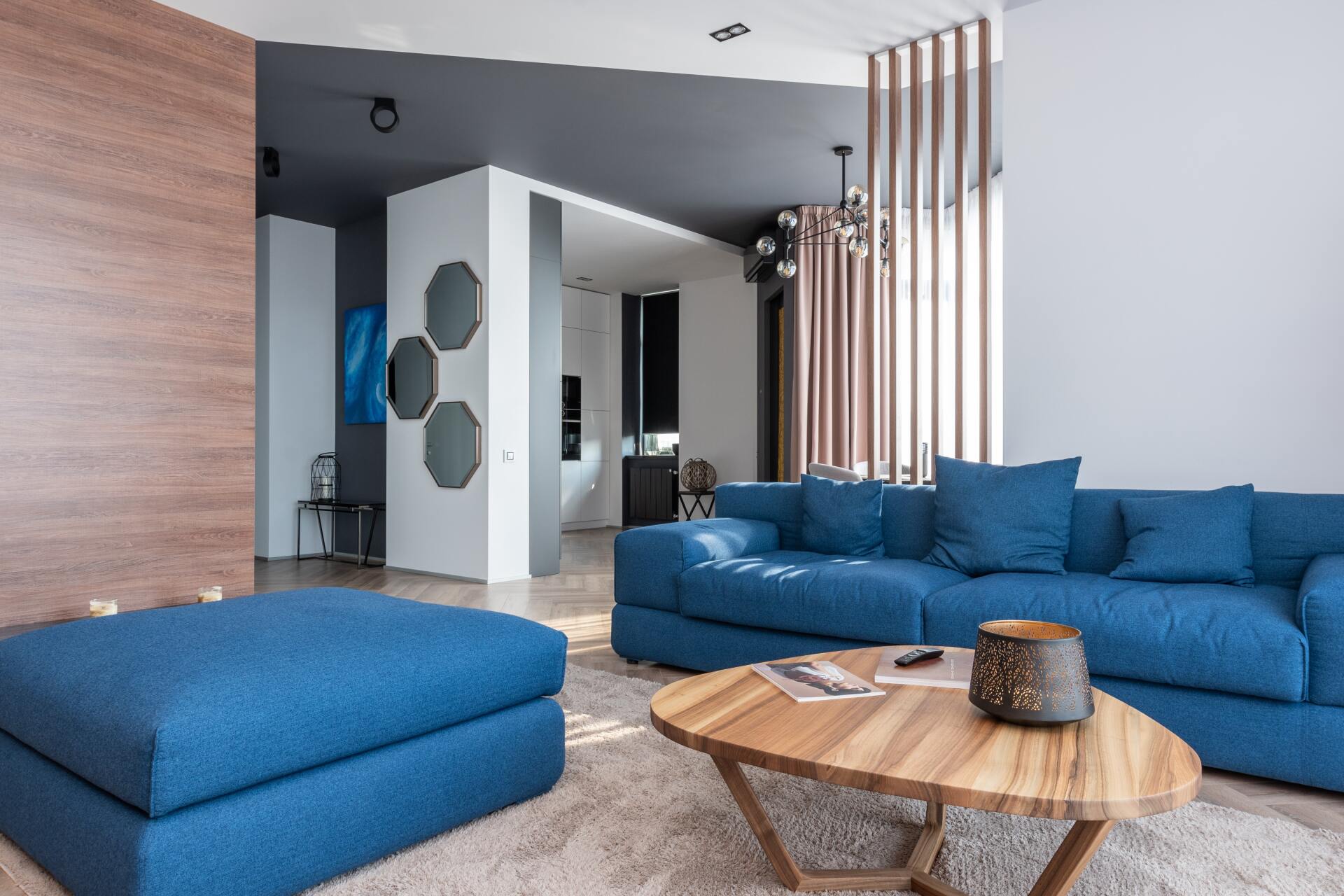Preparing your home for a private viewing
Preparing your home for a private viewing is essential. These are the things you should focus on... Make a lasting impression !!!
When it comes to selling your home, first impressions matter immensely. Private viewings offer a unique opportunity to showcase your property in the best light possible, making potential buyers fall in love with it. To help you prepare for these crucial moments, we've put together a comprehensive guide on how to get your home ready for a private viewing.
1. Declutter and Depersonalize
Before opening your doors to potential buyers, decluttering is essential. Remove any excess items, personal memorabilia, and unnecessary clutter. A tidy space not only makes your home look more spacious but also allows buyers to envision their belongings in the space.
2. Clean Thoroughly
A sparkling clean home creates a positive impression. Pay attention to every corner, including windows, floors, and appliances. Consider hiring a professional cleaning service for a deep clean if needed.
3. Make Minor Repairs
Fix any visible issues such as leaky faucets, loose handles, or squeaky doors. Addressing these minor repairs shows that your home has been well-maintained.
4. Enhance Curb Appeal
First impressions start at the curb. Ensure your front yard and entrance are well-maintained. Trim the bushes, mow the lawn, and add a fresh coat of paint to your front door if necessary. A welcoming exterior can set a positive tone for the viewing.
5. Neutralize and Freshen Up
Neutral colors on walls and décor create a blank canvas that allows potential buyers to envision their style in the space. Consider repainting rooms with bold colors in neutral tones, and ensure your home has a pleasant, neutral scent.
6. Set the Stage
Staging can significantly impact the perception of your home's size and potential. Arrange furniture to highlight the flow of the rooms, ensuring they feel spacious and inviting. Place fresh flowers or potted plants strategically to add a touch of natural beauty.
7. Good Lighting
Proper lighting can make your home feel warm and inviting. Open curtains and blinds to let in natural light, and ensure all bulbs are working. A well-lit home appears more cheerful and welcoming.
8. Remove Pets
While your furry friends are beloved family members, not all buyers may share the same sentiment. During viewings, it's best to remove pets or keep them in a secure, designated area. This minimizes distractions and ensures the comfort of all visitors.
9. Maintain Privacy and Security
During private viewings, it's crucial to prioritize safety and security. Keep valuables out of sight and consider locking away sensitive personal information.
10. Be Ready to Welcome Guests
On the day of the viewing, create an inviting atmosphere. Set the temperature at a comfortable level, play soft background music, and have refreshments available for potential buyers and their agents.
In conclusion, preparing your home for a private viewing involves attention to detail and creating an environment where buyers can envision themselves living. By following these steps, you'll increase your chances of making a positive and lasting impression, ultimately bringing you one step closer to a successful sale. Remember, a well-prepared home is a key ingredient in a successful real estate transaction.





